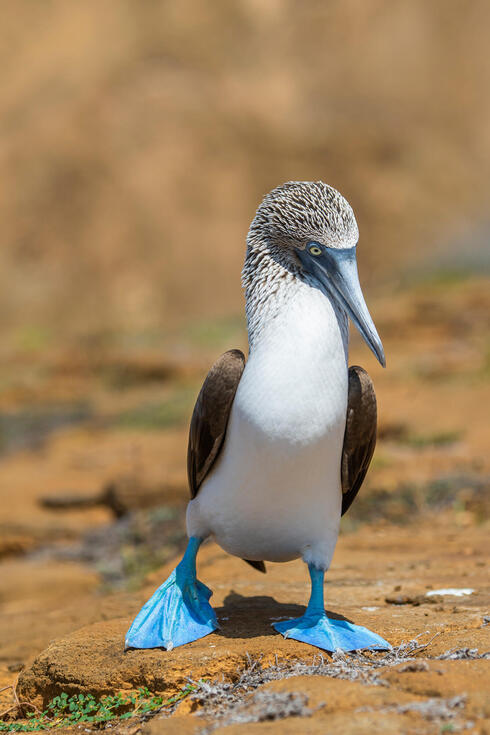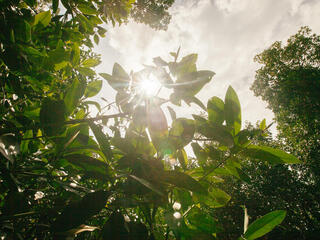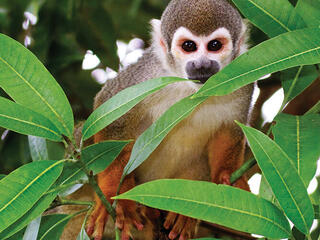GALÁPAGOS ISLANDS :: ECUADOR
It was my father, a biology teacher, who first told me about the Galápagos Islands. Charles Darwin stumbled on the concept of evolution, my father said, when he observed the unique species that had adapted to the environment there. As a child growing up in a town tucked away in the Himalayan mountains, my bookish mind imagined the islands in black and white, like the sketches in the old volumes in my parents’ library.
And now here I was decades later, on a catamaran floating on the turquoise waters of the Pacific Ocean, beholding the islands that had inspired Darwin. In the days that followed, our guides took us on snorkeling adventures where we peered into the busy lives of sea turtles, technicolor fish, and sharks. On excursions in motorized dinghies, we witnessed blue-footed boobies showing off their bright cyan feet to prospective mates and magnificent frigatebirds puffing up their red throat pouches to announce their availability.
Elsewhere, Galápagos penguins—the only penguins that live close to the equator—wedged their bodies into rocky crevasses to cool off. Sea lions inched close enough to startle us, and in the distance a humpback whale created glistening waterfalls with each breach.
We spent a night on the island of Santa Cruz, in Natural Habitat Adventures’ Tortoise Camp, where mist hung close to the ground and dozens of giant tortoises dozed amid the tall grass. We also toured the Charles Darwin Research Station—the site of painstaking science-based efforts to conserve the Galápagos ecosystem.
I left the islands with a profoundly held conviction that, from the towering mountains I knew as a child to the volcanic archipelago I had just visited, every wild corner of our planet is worth fighting for.
Want to travel to the Galápagos Islands with WWF?





